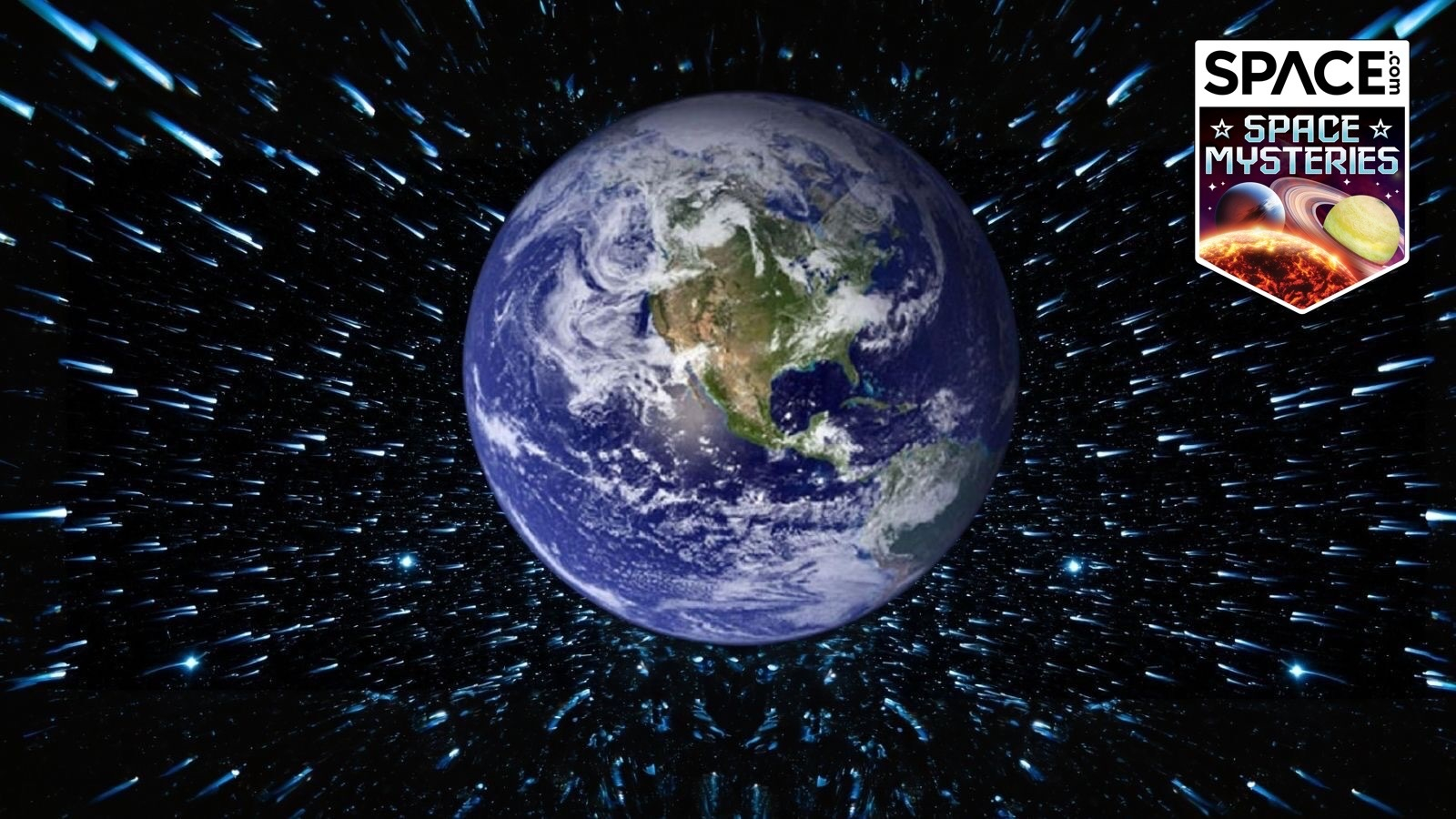This article was produced by National Geographic Traveller (UK).
Wigilia, meaning vigil, is the most anticipated feast of the year for Poles. It’s full of symbolism: the table is traditionally set with an empty space for the ‘unknown guest’ and a nest of hay is placed under the tablecloth to represent the manger. When the first star is visible in the sky, the meal can begin, with the 12 courses representing the 12 apostles and the 12 months of the year. The whole thing is meatless and includes dishes such as herring, pierogi and poppy seed cake. Here are the highlights.
Barszcz
This beetroot soup is made with a vegetable stock, gently simmered with zakwas, a sour rye base. The beetroots are often separately roasted or cooked in their skins before being grated into the soup, which is served with small, mushroom-filled dumplings known as uszka (‘little ears’).
Forest mushroom soup
Made using a light base of vegetable stock, this hearty soup is studded with dried porcini mushrooms, ideally from an autumn forage. It tends to be served with barley or noodles.
Herrings
Baltic-inspired herrings are served in a variety of ways, most popularly with thinly sliced onions, linseed oil, vinegar and rye bread. Some families will also serve herrings with green apple and honey, or with sour cream and onion.
Vegetable salad
Every table will include a salad or two. One popular option is a salad comprising diced potatoes and various vegetables, all coated in mayonnaise; another is made with finely grated raw vegetables, such as carrots and sauerkraut, dressed with sugar and vinegar.
Shredded cabbage with caramelised onions and mushrooms
This traditional dish starts with a base of slowly caramelised onions and diced mushrooms, and occasionally a handful of split peas, before the addition of finely chopped fresh cabbage or punchy sauerkraut, with the whole thing then simmering for a couple of hours. Alternatively, some households might serve gołąbki. Literally translating as ‘little pigeons’, these beloved cabbage rolls are stuffed with mushrooms and rice or grains.
Pierogi
One of Poland’s most famous dishes, pierogi are a Wigilia essential. The typical festive version of these dumplings features a cabbage and mushroom filling, although many households also serve pierogi ruskie (Ruthenian-style), packed with mashed potato, fried onions and curd cheese. After being gently boiled, and sometimes pan-fried for a crispy finish, they’re topped with caramelised onions and served with sour cream.

Pierogi are one of Poland’s most popular dishes, making it a Wigilia essential.
Photograph by Gräfe & Unzer Verlag, Stock food
Fish
Most Poles above a certain age will remember celebrations featuring carp, chosen for its freshness and affordability, served fried in butter and breadcrumbs. These days, however, fish options tend to range from cod on a bed of carrots with tomatoes and onions to baked bream with a dill butter sauce.
Noodles with poppyseeds and almonds
Associated with prosperity, this dessert is made with wheat noodles, butter, poppyseeds, candied peel, honey and almonds. A similar dish can be made with wheat berries, called kutia.
Sernik
There are two types of classic sernik (Polish cheesecake): sernik bez spodu, which doesn’t have a base, and sernik krakowski (Krakow-style), which comes with a pastry base and, sometimes, a lattice topping. Homemade festive varieties are flavoured with vanilla and candied peel and often include raisins. For the Christmas Eve feast, try sernik wiedeński (Viennese-style): a light, fluffy, baseless version.
Gingerbread
Whether in the form of decorated biscuits or loaf cakes such as piernik, gingerbread is a must at any Wigilia feast. It’s often coated in chocolate glaze and layered with plum jam.
Makowiec
Poppy seeds feature heavily in Polish baking, and a favourite at Christmas time is makowiec, (poppy seed roll). It features a sweet, yeasted dough filled with a paste of ground poppy seeds flavoured with vanilla, chopped nuts, candied peel and lashings of honey.
Kompot
Festive desserts are served with a cold, fruit-laced drink called kompot, a strained combination of stewed slices of hot spiced apple, pear, plums, cherries and honey. For those who prefer a hot drink, though, tea served with a slice of lemon or a teaspoon of jam is a favourite. Wigilia is generally a calm family feast – so don’t expect vodka shots.
Published in Issue 26 (winter 2024) of Food by National Geographic Traveller (UK).
To subscribe to National Geographic Traveller (UK) magazine click here. (Available in select countries only).
Note: This article have been indexed to our site. We do not claim legitimacy, ownership or copyright of any of the content above. To see the article at original source Click Here













